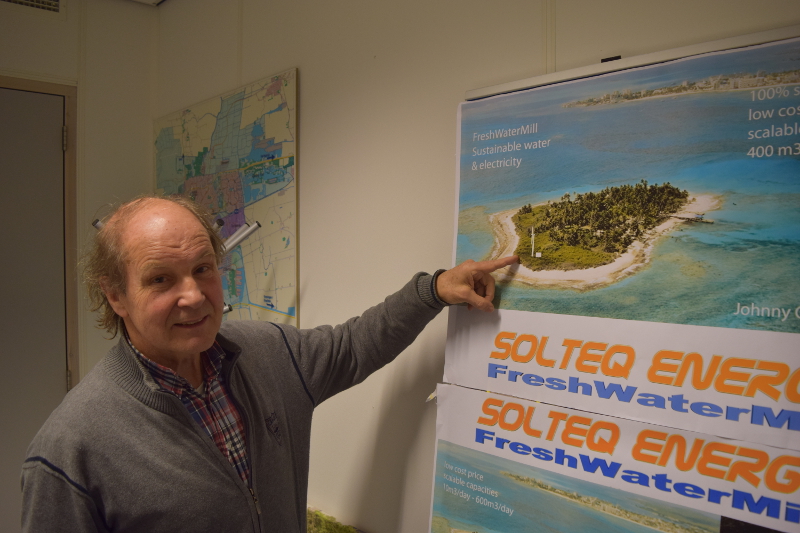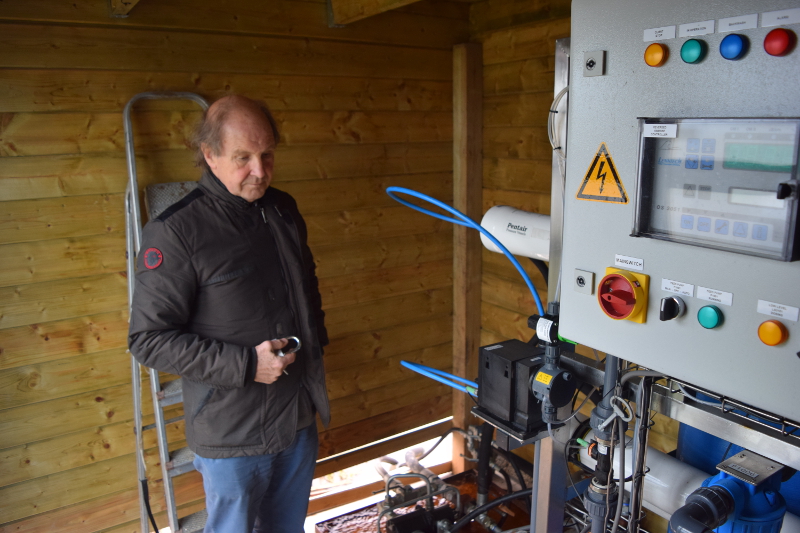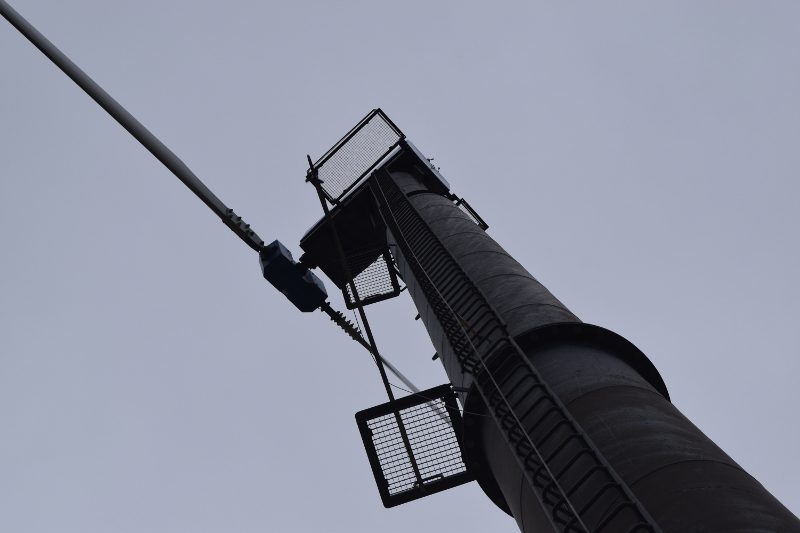Originally posted august 21 2022, redated because of site reorganization
As the world warms water that evaporates is going to rain down less easily. This puts more water vapor in the atmosphere, which absorbs heat from the Sun, warming the atmosphere more. This can be a positive feeback cycle with a seriously problematic end.
Luckily nights cool the atmosphere so that rain can start to fall. Most of the times though it will reevaporate as it falls, so no rain after all.
One factor in this process is the absorption of heat by the falling raindrops. The bigger they get the harder this is, I have no absolute numbers. If what is falling is ice, a ball of ice then the ability of the atmosphere to heat it and evaporate it as it falls is reduced, which is why we get hailstorms : The ice reaches the ground.
If a ball of ice falls from the clouds this is a very good thing, because heat has been shed somewhere up there, and a volume of water under 0 Celsius was returned. Of course it develops kinetic energy as it falls. The question whether a ball of ice really cools the Earth depends on the cold tansported minus the heat donated from the impact.
The energy needed to heat one Kg of ice 1 Degree Celsius is 2 KJ. So if 1 Kg ice is -2 Celsius it absorbs 4 KJ to warm it to 0 degrees. Melting ice into water requires a lot of energy though. 334 KJ for 1 Kg, that is quite a lot. So an iceball of 1 Kg of -2 Celsius absorbs 338 KJ of energy while melting.
The energy of a falling Kg of ice depends on how far it falls. The enegy is mass x gravity x height, so 1 Kg x 9.8 x 6100 meter (estimated average origin of hail) = 5978 Joule so that means an 1 Kg ice ball coming in from above cools the ground about ~332.1 KJs worth. Not bad!
So we can see a convection cooling cycle to ~6100 meter that will cool the ground. Gravity is pushing heat out of the system this way. If you make active convection zones, where you make it more likely water evaporates you may be able to shield sunlight from warming other water and jettison the heat at the surface as the water returns frozen.
One can envisage a controlled convection column say at sea, with high absorbent layers to heat the air at its foot thus pulling in air over the water which increases evaporation. The whole thing looks similar to a solar updraft tower as existed in Spain for a while (it contained a wind turbine at the base of the chimney worked like a charm, was profitable but was broken down anyway as solar tech was reinvented several times to delay its advent).
There are other important facts most people don’t know about rain, hail, water vapor in the atmosphere. It seems that as the effect of water vapor was suspected to be significant it was -not- modelled very accurately or at all in climate scenarios. Now we need to learn more because we want it to rain, not to get cyclones or tornado’s, no huge hailstones etc. We will have to get a grip on weather as well as the climate.
Hailstorms should also be triggerable but more on that another time.



